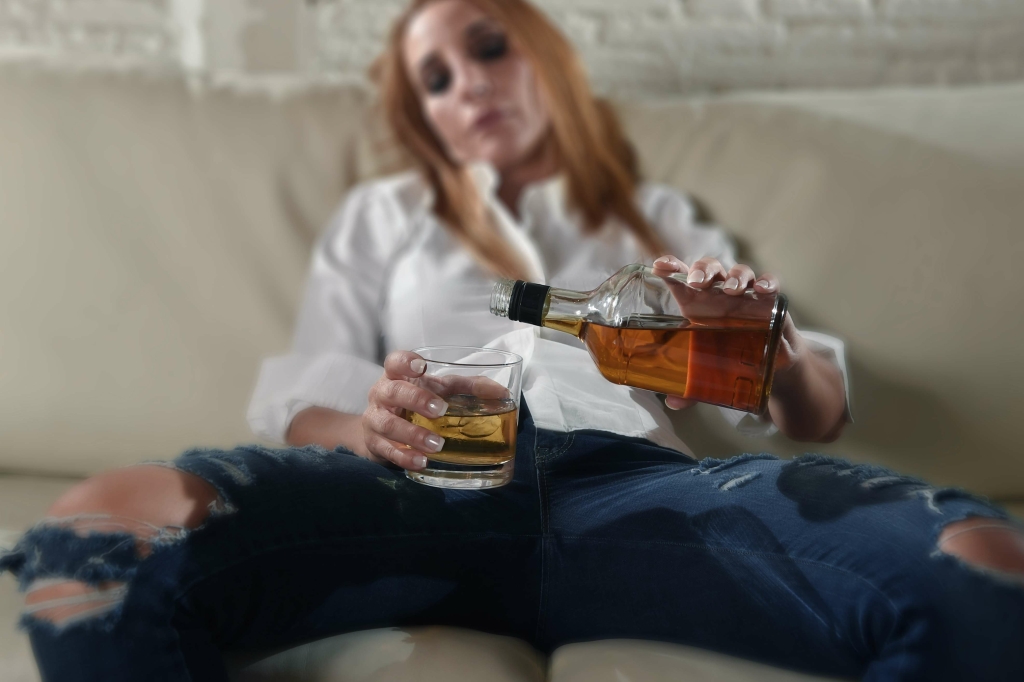- By Sheraz
- November 25, 2025

Always keep your healthcare provider in the loop to make sure everything goes smoothly. You may experience nausea after the first injection of this medicine that should be mild and subside a few days afterwards. You will be less likely to have nausea with your next injections. Naltrexone injection will not prevent you from becoming impaired when you drink alcohol. Do not take naltrexone in order to drive or perform other activities while under the influence of alcohol. If you miss your scheduled dose, call your healthcare provider to make another appointment as soon as possible.
They saw that people who felt out of control with their drinking habits could have fewer drinks without needing more. By 1994, it was approved by the FDA for Alcohol Use Disorder (AUD), offering a new tool to people feeling lost in their habits. 💡 This article is for informational purposes only and does not constitute medical advice.

Research indicates that naltrexone can lead to better long-term recovery outcomes https://wheat-snail-303899.hostingersite.com/creative-sobriety-tattoo-ideas-watercolour-and-2/ compared to those who don’t take medication for their addiction. Those who continue on naltrexone generally report improved social functioning and a lowered risk of relapse. This underscores the importance of sticking with the treatment plan. As an opioid antagonist, naltrexone blocks the effect of opioid analgesics.

By understanding its uses, mechanisms, and benefits, healthcare providers and patients alike can make more informed decisions regarding its application in treatment. Regardless of the decision between you and the healthcare provider, there are other medication treatment options to help treat both opioid and alcohol use disorder. The antagonist effect of naltrexone on the natural opioid receptors (endorphins) is blocked, and this “wall” prevents alcohol induced euphoria, reducing cravings. In other words, one drink is enough and sometimes even more than enough.
Use of more than one drug or type of drug at the same time is called polydrug use. There are Substance abuse no known interactions between naltrexone and alcohol. Do not share naltrexone with other people, even if they have the same condition as you.

Taking naltrexone for AUD allows people to not rely on willpower alone to drink less or stay abstinent from alcohol entirely. AUD is not “alcoholism.” Alcoholism is a non-medical term that is no longer an official diagnosis in the United States. AUD is diagnosed as mild, moderate, or severe depending on naltrexone side effects the number of symptoms a person has.
Now, I don’t even think about it.” Another reported that it gave them the “pause” they needed to make more intentional choices about drinking. Naltrexone is typically prescribed in tablet form, with a standard dose of 50 mg per day. Your doctor may start you on a lower dose to ensure you tolerate the medication well and gradually increase it to the full dose. One of the benefits of naltrexone is that it supports both abstinence and harm reduction. If your goal is to drink less rather than quit completely, naltrexone can help you regain control by making alcohol less appealing.
It was primarily used for emergency overdose situations rather than sustained therapy. When first synthesized, naloxone was a novel medication as well as a cornerstone of research into the pharmacology of the opioid system. Naloxone successfully competes against opioids to bind to the “Mu” opioid receptor on neurons, completely blocking the opioid’s downstream effects.
However, that’s likely because light drinkers have a lower baseline of cravings and the “reward” it produces. Another 2017 review showed that naltrexone reduced the amount of alcohol consumed and the intensity of cravings compared to placebo. They also pointed out that cravings reduced for people regardless of the severity of AUD, and may also be helpful for people with AUD. As with this full guide, the following is not medical advice, but rather guidance from our research and experience. Getting started with Naltrexone is surprisingly easy these days, but it can help to be prepared and know what to ask. Simply put, oral naltrexone is more common (and much easier to acquire), especially for people who want a gradual, self-managed path to moderation or eventual abstinence.
Here, I’ll explain exactly how it works, who it’s for, and why it’s a game-changer in alcohol treatment. If your doctor prescribes naltrexone for OUD, your starting dose will likely be 25 mg. If you don’t experience withdrawal symptoms after a day, your doctor may increase your dosage to 50 mg once per day. Both opioid and alcohol use disorders require continuing care to be effective.